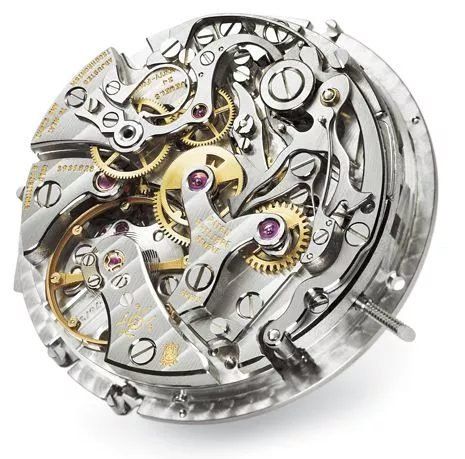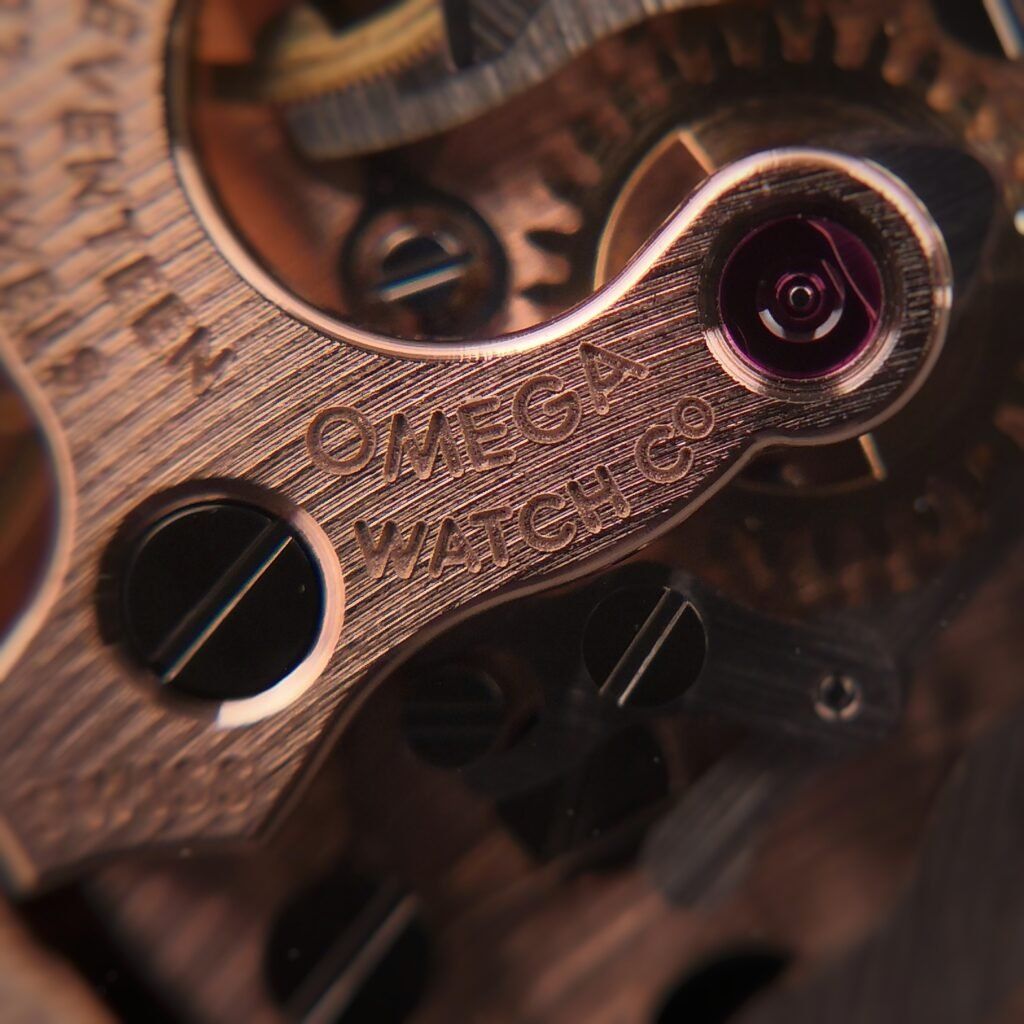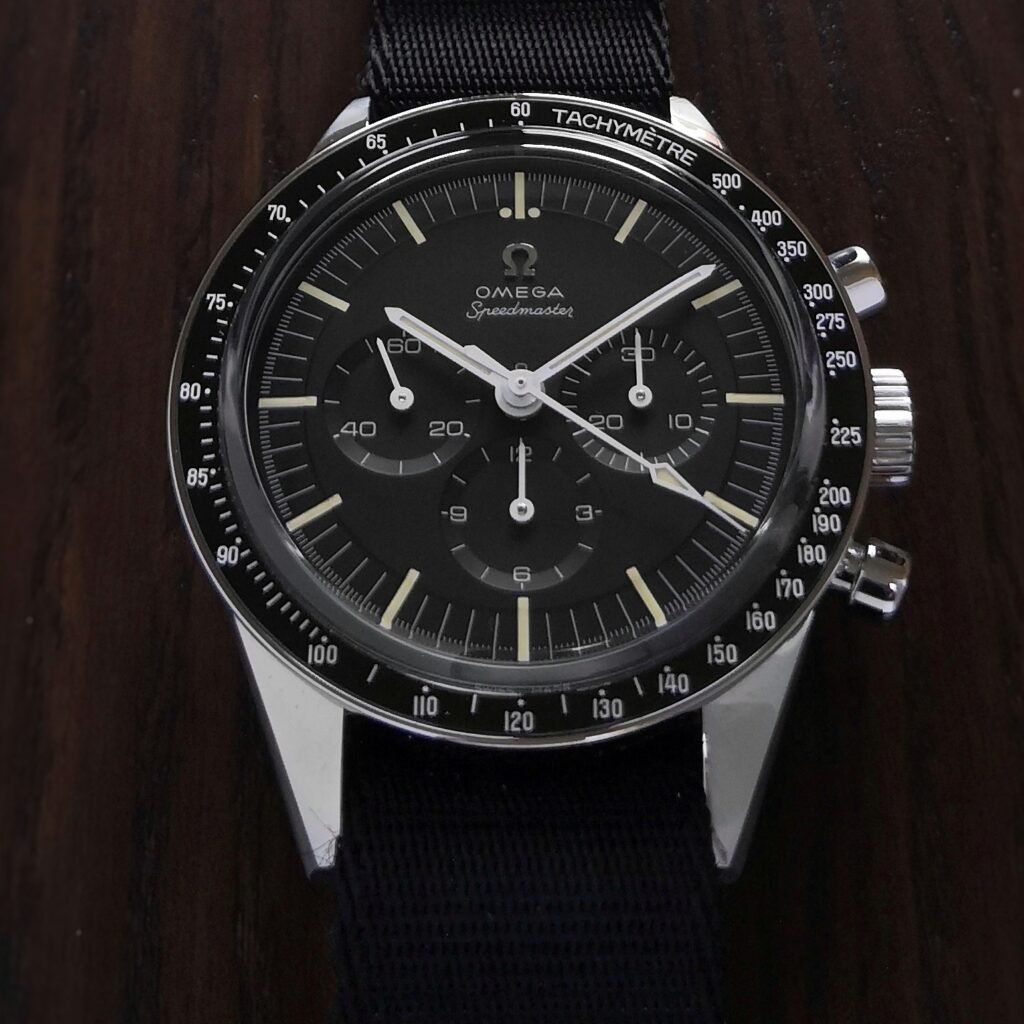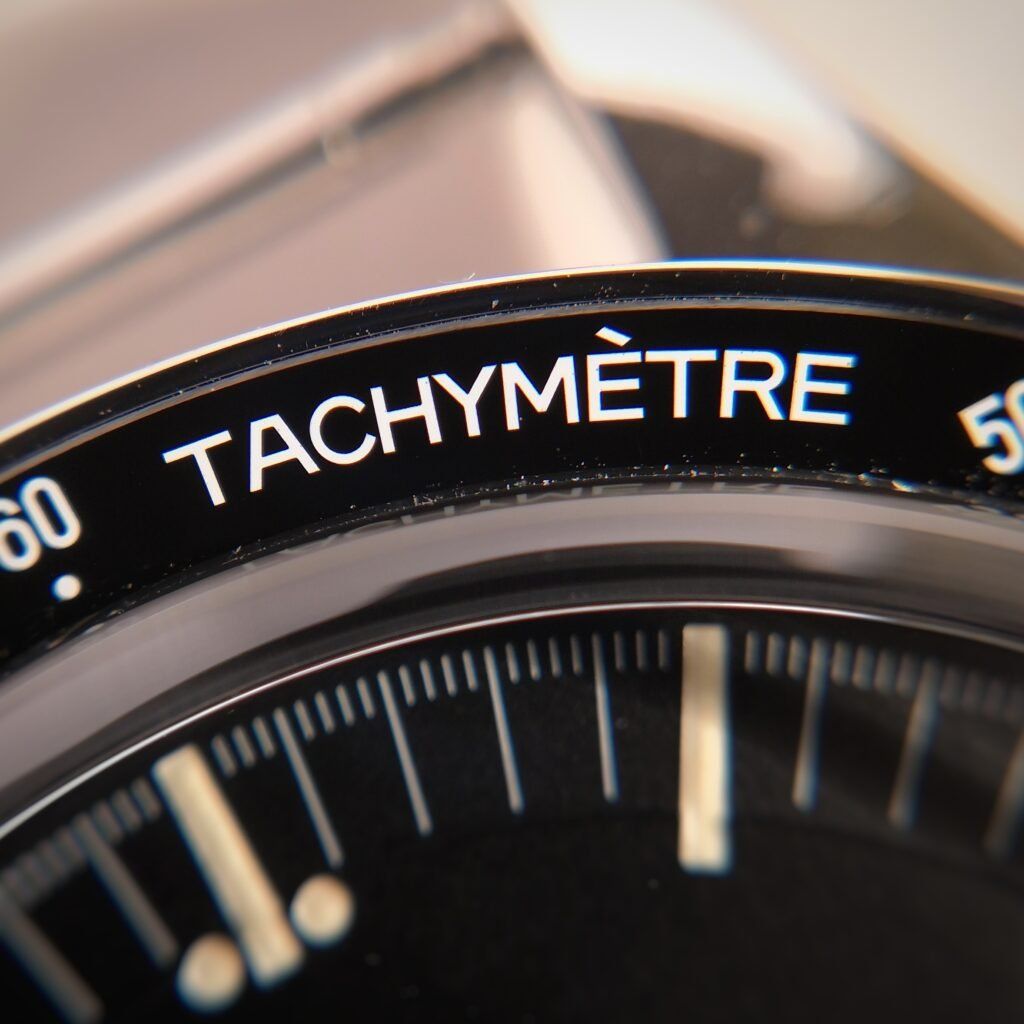Why the Omega Speedmaster Moonwatch With Caliber 321 caught my attention?
by @munich_watch_lover
Having played it's role in all 6 lunar missions, the Speedmaster, nicknamed "Speedy" is one of Omega's most iconic watches. So it came as no surprise when the introduction of the new Speedmaster Moonwatch with the revived Caliber 321 in 2019, took the watch world by storm. Like every true speedy enthusiast, it definitely caught my attention. Let me tell you why.
This movement speaks to the imagination of enthusiasts' like myself, as it was used until 1965 on the legendary Omega Speedmaster and until 1968 on the Omega Speedmaster Professional. We are talking about the watch certified by NASA for "space flight”, one of the most well-known horological milestones of any watch brand ever.
And while the brand began using the caliber 861 in the Speedmaster from 1969, Omega claims that the astronauts of the Apollo-11 mission, the first in descending to the lunar surface, carried the Caliber 321- powered Speedmaster with them. The Caliber 321 began its journey as the CH27 C12 project (also known as Lemania 2310).
Omega Speedmaster project was born as the result of a collaboration between Lemania and many other Swiss watch brands, a phenomenon that was very common in the Swiss industry in the middle of the last century. Those were the times when being an "in-house manufacturer" did not represent what it represents today. The structure considered ideal in the watch industry was specialization.
The Lemania 2310 was therefore also used by very prestigious brands such as Breguet, Roger Dubuis, Audemars Piguet, Vacheron Constantin, and Patek Philippe. You can see some of the derived calibers (the Patek Philippe CH 27-70, the Vacheron Constantin 1141, and the Omega 321) in the images below.


The reason for this great success of Omega Speedmaster? Well, broadly speaking, it was a robust and reliable caliber, but also of great elegance and a compact size (27 mm in diameter by 6.74 mm in thickness).
Hand-wound, it oscillated at a leisurely 18,000 vph (2.5 Hz), boasted 17 jewels, and offered a 44-hour power reserve. It was equipped with a column wheel, as opposed to a cam, to operate the chronograph functions. Aside from being more attractive to the eye, column-wheel chronographs are considered to be of higher quality due to their more laborious manufacturing process and smoother operation when operating the Chrono-mechanism.
In short, the CH27 C12 was solidly built and could withstand years of use. With this pedigree, it's no wonder its return created such a stir among fans. To achieve this feat, Omega has created a specialized workshop, exclusively dedicated to making these movements and the watches they are cased in. This is in contrast to the rather “industrial” production that characterizes the Biel brand, in which watches are simply moved from one workstation to another, from one technician to another. In the new workshop, however, the watchmakers work on the Speedmaster Caliber 321 from start to finish. This process is obviously much more time-consuming, but it is also more in line with traditional watchmaking.
The reincarnated caliber (known as the 321 B) has been "improved", although the only technical specification that changes noticeably is the power reserve, which has increased to 55 hours. Of course, the movements have a much superior finish to the vintage ones, with beveled and polished bridges and the main bridges plated in Sedna gold.

For the reasons described, Omega only produces around 1,000 movements a year, so watches equipped with it are rarely seen in the outside world. This steel version, with the reference 311.30.40.30.01.001, is based on the ref. 105.003 from 1965, the watch that was originally rated "for space flight" by NASA.
It was worn by astronaut Ed White during the Gemini-4 mission, during the first extra-vehicular walk in the space of the US space program: he was outside the Gemini capsule for 21 minutes and became the first man to control his own movement in space through a maneuvering unit. This source of inspiration explains the size (39.7 mm in diameter) of the new reference, in addition to its distinctive straight lugs and the absence of a crown guard.
I should highlight a couple of technical improvements compared to the "vintage" Speedmaster. The bezel is now ceramic, although it maintains the distinctive change of location of the dots on the tachymeter, which are located above the digits between the numbers "90" and "225" and below between the numbers "250" and "500".
Omega has also chosen to add a sapphire crystal, although it mimics the look of the old Plexi with even the addition of a small laser-etched “Ω” logo in its center. The dial maintains the traditional position of the sub-dials and the creamy luminescent material. The novelty is the logo applied at 12 o'clock.
The Speedmaster Moonwatch caseback, as we have seen above, is also sapphire, offering a view of the emblematic Caliber 321.
To me, the Speedmaster Moonwatch 321 is a quite unique value proposition, and potential owners will probably make an emotional, rather than a rational decision when putting their names on the list. The wait, given the low production numbers for the movement and watch, maybe a long one, but in my opinion is definitely worth it, as is the retail price of 14k€. After all, how many times do you get the chance to own an iconic timepiece in its original form?
No articles found










